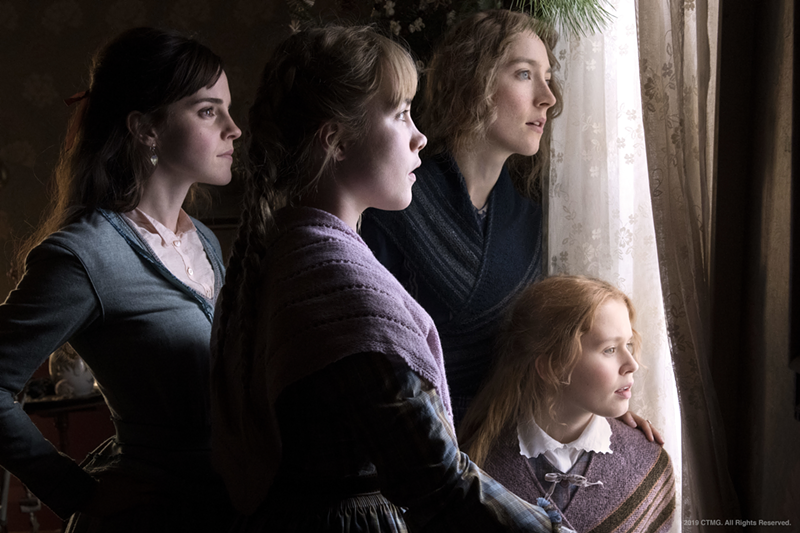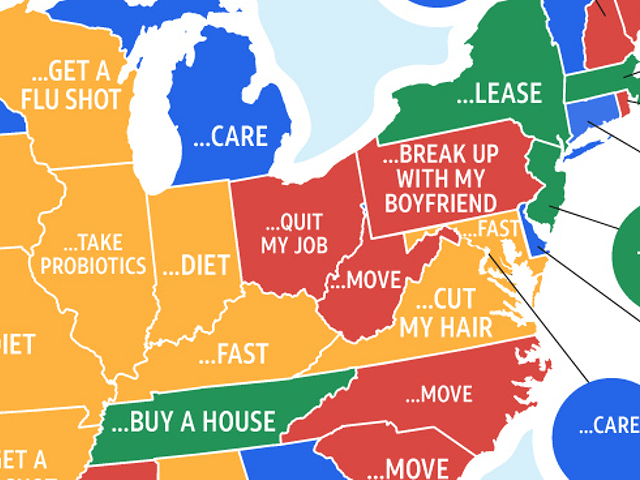There is no singular way to be a woman. Within each of us exist different ambitions, passions and ways of being. That’s the credo at the core of Greta Gerwig’s soulful and vibrant take on Little Women. In weaving together moments of girlhood and burgeoning adulthood, each March sister stands distinct.
When Louisa May Alcott’s novel was first published in 1868, it birthed a legion of followers and dozens of reimaginings. Drawing from her own childhood as a daughter of abolitionists, the familiar story hones in on the lives of four teenage sisters — Jo, Meg, Amy and Beth — and their mother, Marmee (Laura Dern), who live in Massachusetts in poverty. Their father, for part of the book and film, is absent as he is away assisting in the American Civil War.
As her directorial follow-up to 2017’s Lady Bird, Gerwig’s adaptation is warm and tender, like a crackling hearth; and in the same exhale, as resilient and lively as a gust of spring wind after winter. In part, that’s because of its arrangement: Instead of following the novel’s linear timeline, it splices past and present together thematically and molds something entirely fresh. Jumping a seven-year span — before and after the war — moments are color-coded and, despite all the back and forth, understanding is hardly lost.
It delves into the lives of the sisters and lends each importance. Not only does it beautifully render the inner lives of these women, but the film wrestles with economic realities, access to education, the politics of marriage and imposed gender expectations. Despite its period setting — a time in which women weren’t yet allowed to vote — many of its grapplings still feel relevant today.
The film opens post-war on the tomboyish and firey Jo, played by the titular Lady Bird herself, Saroise Ronan, who feels as if she was made to play the part. A writer with undying ambition who wants to help support her family, Jo is found negotiating with New York City publisher Mr. Dashwood (an aloof and snotty Tracy Letts). Who does she marry, he asks about her work, noting that readers won’t pick up a book where the protagonist ends up a spinster. Alcott herself was pressured to marry off her lead character, despite never marrying herself. In part, Ronan embodies Jo as much as she does Alcott.
Middle child Amy is a foil to Jo as several scenes show them in conflict. One’s a writer; the other a painter. Where Jo rejects some aspects of traditional femininity, Amy embraces them. In their own disparate ways, both are defiant of their supposed limits as a woman. Played with bite by Florence Pugh, as Amy, Jo’s birthright challenger, she is brilliant. In one scene, upon feeling left out by Jo and Meg (Emma Watson) when they go for a night out with the boys across the pond, Amy exacts revenge by burning her sister’s book draft. Rightfully angry, Jo diffuses after a scare in which Amy — skating after Jo and Laurie (Timothée Chalamet) — falls into an icy pond.
Another pointed moment centers on when Jo cuts off her locks to earn money for their family. She at first acts unembarrassed of the act, but later Amy stumbles upon her crying about the haircut and consoles her. These are scenes that any pair of sisters will likely relate to — a push and pull of comfort and competition. In the center is growth.
Between them is also Laurie, played with a goofy charm by Chalamet. We know from the get-go that Jo turned down his proposal for marriage. She couldn’t find love that surpassed the platonic; together we see them as teenagers feeding off of one another’s undying restlessness. As adults, both Amy and Laurie find themselves in Europe; it’s there that we see their own relationship develop.
Amy knows that marriage is an economic proposition for women and their families. A talented painter, she understands that — no matter how good she is at the craft — as a woman, it’s rare to be taken seriously as an artist. As she elegantly and powerfully delivers in one scene: “I want to be great or nothing.”
Then there’s eldest sister Meg, who as a child had hopes to be an actress. When she falls in love, decides to marry and later has children, she isn’t shamed for adhering to domesticity. “Just because my dreams are different from yours doesn’t mean they’re less important,” Meg reminds. Beth, a natural at piano, is the family’s heart. Even when ill, the film doesn’t regale her to uselessness.
There are a few moments that feel underdeveloped, but minutely so, like Marmee's disdain for living in America during a time of slavery and war; some more nuanced character points feel muddled in all the back-and-forth. But overall, Little Women triumphs.
The ending scene shows everyone paired off and happy, even Jo, though it’s challenged that this rose-hued closing is perhaps a deception in itself — marriage, as stated, is an economic proposition for women even in fiction. But then Gerwig nudges the scene to present, bowing out as Jo holds a copy of her novel — yes, Little Women — to her chest as she watches the pages roll off the presses. The lasting image is a wholly satisfying one. (In theaters Dec. 25) Grade: A







